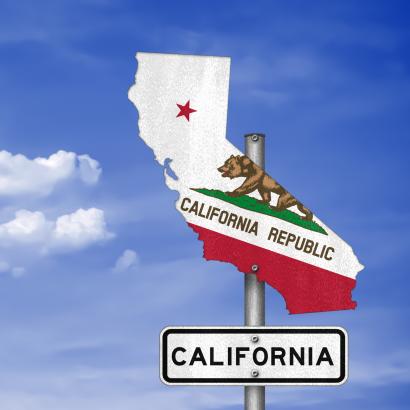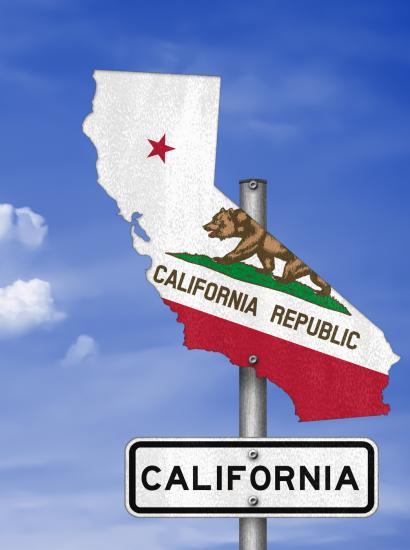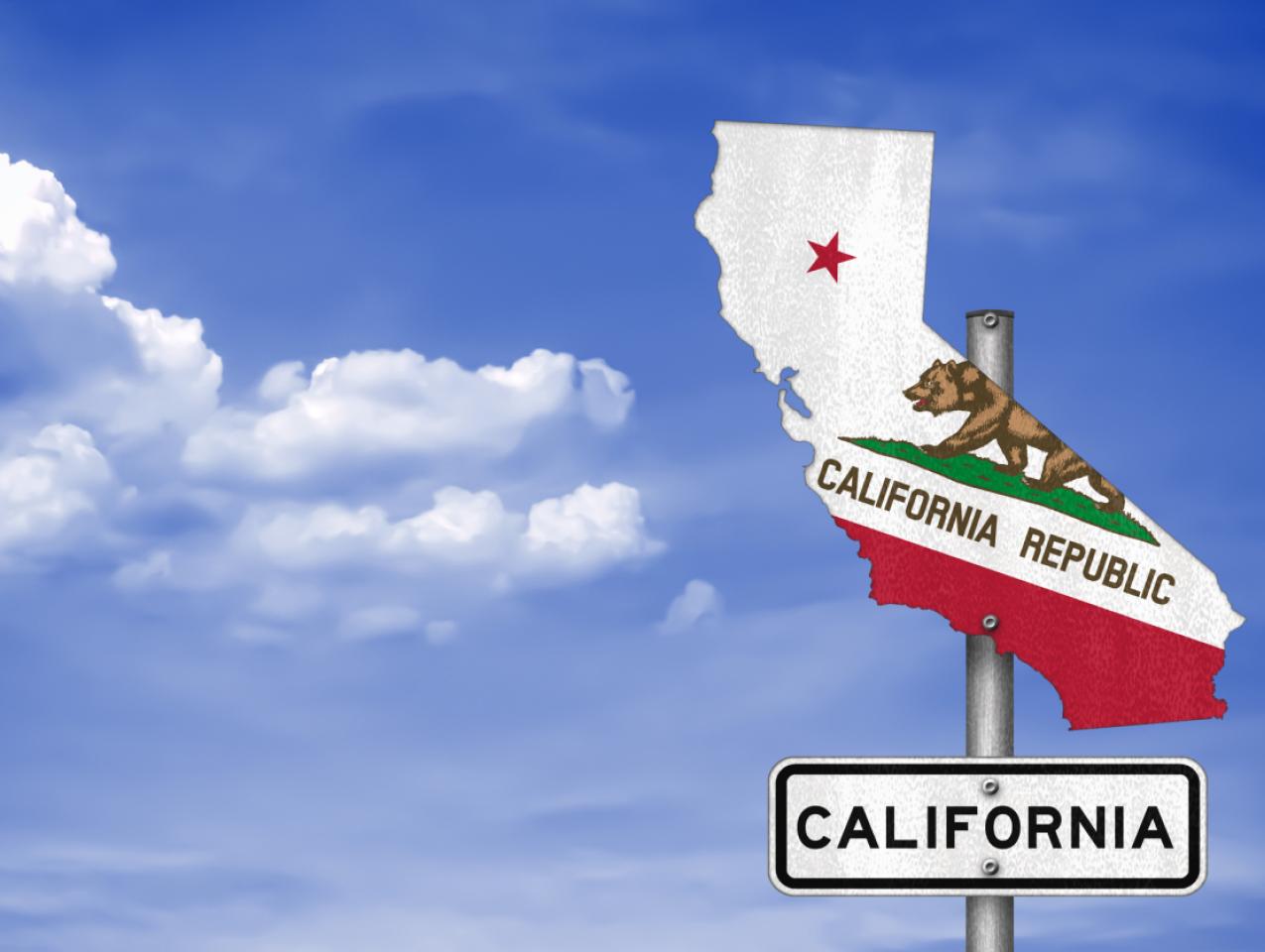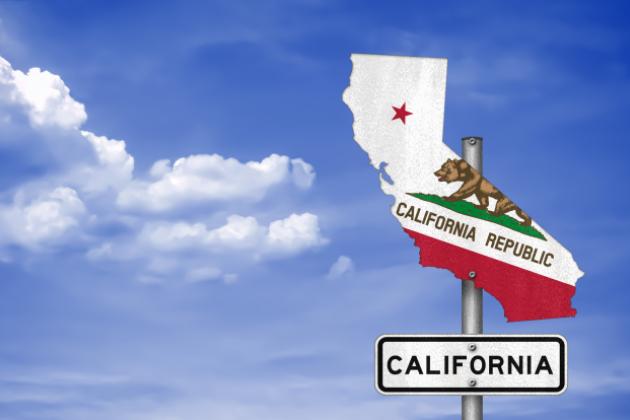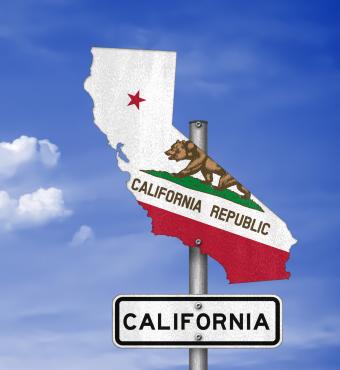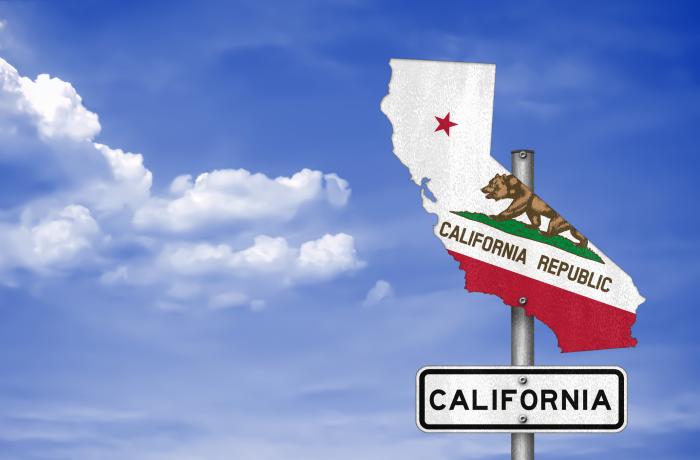We’re doing something different here at the Hoover Institution as we prepare to bid adieu to 2021: merging our biweekly column California on Your Mind and our periodical Eureka into one year-end product.
What we have for you: my colleague Lee Ohanian and I reflecting on what transpired in the Golden State this past year (as usual, I’m looking mostly at politics; Lee’s concentrating on the economy and a few policy concerns).
And we’re adding three columns, one from each of this year’s three editions of Eureka.
Our choices from the Eureka side of the ledger:
From our first issue of 2021 (our traditional “advice for the governor” theme): Dr. Jay Bhattacharya, a Stanford University professor of medicine, and Dr. Martin Kulldorff, a Harvard University professor of medicine, on the Golden State’s failed approach to dealing with COVID-19 (“Some think of lockdowns as the only possible way to protect the population from exposure to COVID risk. In reality, the lockdowns in California and elsewhere have served to protect only a portion of the population—the rich.”)
Eureka’s second issue of 2021 was devoted to public education. Our selection from that compendium: Michael Hartney, a Boston College political scientist and Hoover national fellow, on the power of teachers’ unions as seen throughout the pandemic (“[The California Teachers Association, or CTA] now has more friends and more influence in Sacramento than it did just a short time ago. While it doesn’t win all of the time, given its enduring political power, the CTA is poised to play a key role in debates over important education issues from charter schooling to how COVID-relief dollars are spent in the years to come.”)
And our third selection, from 2021’s third Eureka edition, which delved into California’s major political event of the past year—September’s gubernatorial recall election: political consultant Matt Rexroad on why the effort to unseat Gov. Gavin Newsom was likely to come up short (“Some may contend that Republicans will win independents and form a coalition that will prevail . . . . However, independent California voters do not sit in the middle of the two parties. They’re more representative of the entire political spectrum, with many who consistently vote for Democrats and many who consistently vote for Republicans. The ‘swing’ independent is a far smaller share of the electorate than the total ‘no party preference’ count would suggest.”)
Those three columns proved to be harbingers of things to come in California.
On the pandemic front, California entered the finals days of 2021 with ominous clouds on the horizon—thanks to the Delta and Omicron variants, the likelihood of a winter COVID-19 surge, plus a lack of unity on the mandate front (one such example: the Northern California town of Oroville declaring itself a “constitutional republic city” that doesn’t have to answer to state and federal edicts).
On the education front, California remains a COVID outlier; since early October, the Golden State has imposed a vaccine mandate for schoolchildren that no other state has yet to adopt. And there remains something of a disconnect between some parents and school administrators. In the San Francisco Bay Area, for example, two COVID-positive kids were sent to school by their parents, in violation of isolation and quarantine rules; in Los Angeles, a mother alleged that her 13-year-old son was offered a free pizza by school officials in exchange for getting vaccinated without her consent (coincidentally, the kid attends the Barack Obama Global Preparation Academy, named in honor of the vaccine-preaching former president).
As for the failed recall vote, that takes us into the realm of California politics and the state of the nation-state going into 2022.
The easiest way to explain matters: in 2021, Newsom flourished, Vice President Kamala Harris floundered—and a lot of less prominent lawmakers prepared to flee the coop.
Allow me to explain.
As the curtain rose on the past calendar year, Newsom’s approval numbers ran in the low 40s—anemic for a governor in a state where registered Democrats outnumber Republicans by roughly a two-to-one margin, with the local GOP last managing to win a statewide office in 2006. By late April, Newsom faced a genuine political crisis—his career’s second brush with mortality, dating back to his days as San Francisco’s mayor—as the recall referendum qualified for the ballot. From mid-July to mid-August, polls showed Newsom’s fate very much in limbo. But come Election Day, California’s governor routed his opposition, with the recall question receiving a 61.9% “no” vote that mirrored the 61.9% that Newsom received in his first gubernatorial run.
As it turns out, what worked well for Newsom in California—focusing on COVID-19 safety and round-the-clock Trump bashing—didn’t work so well for Democrats in other 2021 gubernatorial contests (Republicans took back Virginia and almost pulled off an upset in deep-blue New Jersey as Democrats focused more on Trump and less on the economy and education).
Still, Newsom ends 2021 in a political catbird seat. He has an unfathomable amount of budget surplus money to spend next year (though few things in the Golden State are permanent: as Lee Ohanian explains here, California still could be looking at a fiscal crisis in its near future). Evidence that the Governor’s Office (for now) resides on Easy Street: Newsom spent a portion of his December not hunkered down in Sacramento doing budget triage but instead traveling east to promote a children’s book on dyslexia that he’s authored.
And if Kamala Harris were to write a book? It wouldn’t be 2021’s feel-good story.
Harris started the year as a vice president of historic note due to her barrier-shattering gender and race. She ends 2021 on a sadder political note—a vice president seen as more of a liability than an asset (here’s a Washington Post column I wrote detailing Newsom and Harris’s reversal of political fortunes this past year).
For argument’s sake, let’s suppose Harris doesn’t have a future in Washington, neither as President Biden’s ticketmate nor as her party’s nominee in 2024 or 2028. If she were to return to California, she’d find an altered landscape.
Some changes in California’s political landscape are due to familiar circumstances—one being a possible power shift in Washington after next year’s midterm election. In the San Francisco Bay Area, for example, longtime Democratic representative Jackie Speier is retiring because, in her words, “It’s time for me to come home—time for me to be more than a weekend wife, mother, and friend.” What Speier didn’t note: her party likely will lose majority control of the House of Representatives next November; fellow Californian Nancy Pelosi won’t be the Speaker—even if Democrats manage to maintain their slim majority, she’s indicated this is her last term wielding the Speaker’s gavel.
To the south, a California Republican congressman who’s served longer than Speier is likewise calling it a day—in this instance, Rep. Devin Nunes stepping down to become the CEO of Trump’s fledgling social media company. What the congressman didn’t mention: once California’s redistricting process is complete, Nunes’s district could be a lot less Republican friendly, thus making a re-election run in 2022 more of a scramble (in one version of California’s redrawn congressional boundaries, Nunes’s district went from 11% “redder” than the nation as a whole to 5% bluer).
Speaking of scrambling, that’s a good term for explaining legislative term limits’ impact on the State Capitol. Next year marks the tenth anniversary of the passage of Proposition 28, which modified California’s original experiment in term limits for legislators and nonfederal statewide officeholders (that would be 1990s Proposition 140) by creating a limit of 12 years for members of California State Assembly or Senate—the tradeoff being that lawmakers could spend their entire time in one chamber, as opposed to the pre-existing six- and eight-year limits in the Assembly and Senate, respectively.
The first class of California lawmakers to benefit from amended term limits arrived in Sacramento in 2013. Thirteen of the 38 freshmen Assembly members in the group—a hefty number given that there are only 80 Assembly seats in total—have since left the chamber (as has half of the Assembly’s class of 2014), with more members reportedly considering their next move.
Collectively, it means substantial turnover in a chamber that, pre–term limits, was anything but volatile (when I first arrived in Sacramento in 1994 to work in the Governor’s Office, the State Legislature featured an Assembly speaker who had preceded me to the State Capitol by three decades, plus a state senator nearing the end of a record 42 years in the legislature: State Sen. Ralph Dills, a New Deal Democrat forced (by term limits) to retire in 1998 at age 88, having served alongside eight California governors, 12 Senate president pro tems, and 17 Assembly speakers).
Were those better times in Sacramento? I’ll leave that to my fellow old-timers to debate.
In the meantime, enjoy the holiday season—and we’ll be back in 2022 with plenty to discuss about California, its politics and public policy, and the leaders who make those choices.








